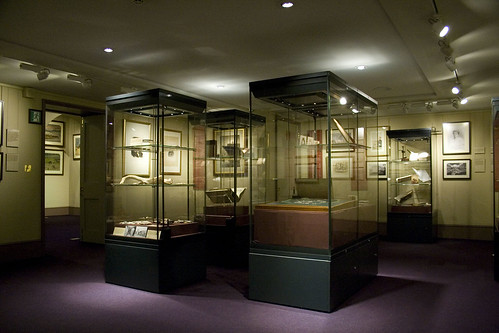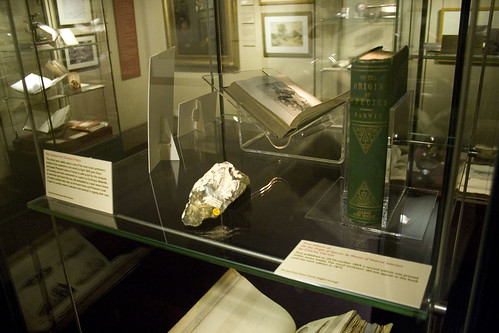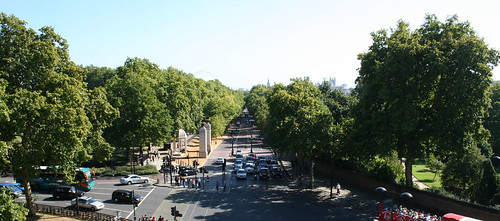In 1859 Charles Darwin published On the Origin of Species, but an equally important discovery was made in France, when a flint axe was found buried amongst the bones of now extinct animals.
These two unrelated events was to shock Victorian scientists and lay the foundation for the understanding of just how old the human race actually is.
Spurred on by the discovery of the axe head, archaeologist General Pitt-Rivers started some of the first systematic archaeological excavations in the UK. By the strange coincidences that history is so dependent upon, his daughter was to marry the anthropologist and parliamentarian John Lubbock who used his political patronage to promote the preservation of ancient monuments.
These events were to lead to the appointment of Pitt-Rivers as Britain’s first Inspector of Ancient Monuments and finally a recognition of the historic value of “lumps of stone” in the countryside, as well as the value of professional archaeology.
In time, such efforts were to culminate to the passing of the landmark 1913 Ancient Monuments Act, and to mark the centenary of their efforts, a new exhibition has opened inside Wellington Arch next to Hyde Park Corner.
This is an exhibition split into three parts – the main one being a room full of contemporary paintings of the two historians and a number of artefacts excavated by Pitt-Rivers.
The most significant items on display in one cabinet though are that original axe and a first edition copy of Darwin’s Origin of Species.
Outside the main gallery — in the room, you first arrive in as it happens — are a selection of fourteen rare Victorian paintings depicting early prehistoric life that have never been seen together in public before.
Laughable to our modern eyes, these representations by Ernst Griset of cavemen attacking woolly mammoths and living in tents were at the time lauded for their scientific accuracy.
Do look for the mammoth swinging a man in its truck!
Upstairs are some photos of English Heritage’s collection of scheduled ancient monuments – and of course, the external balconies with the views across Hyde and St James’s parks.
Overall, it’s a modest but worthy exhibition that offers an insight into how the Victorians started their appreciation of England’s pre-Christian heritage.
Entry to the Wellington Arch is £4, and the exhibition is open until 21st April. Entry includes the 1st-floor gallery devoted to the history of the arch itself.











Mammoths had trucks? Who knew they were around so recently! What next – sabre-toothed tigers with SUVs?